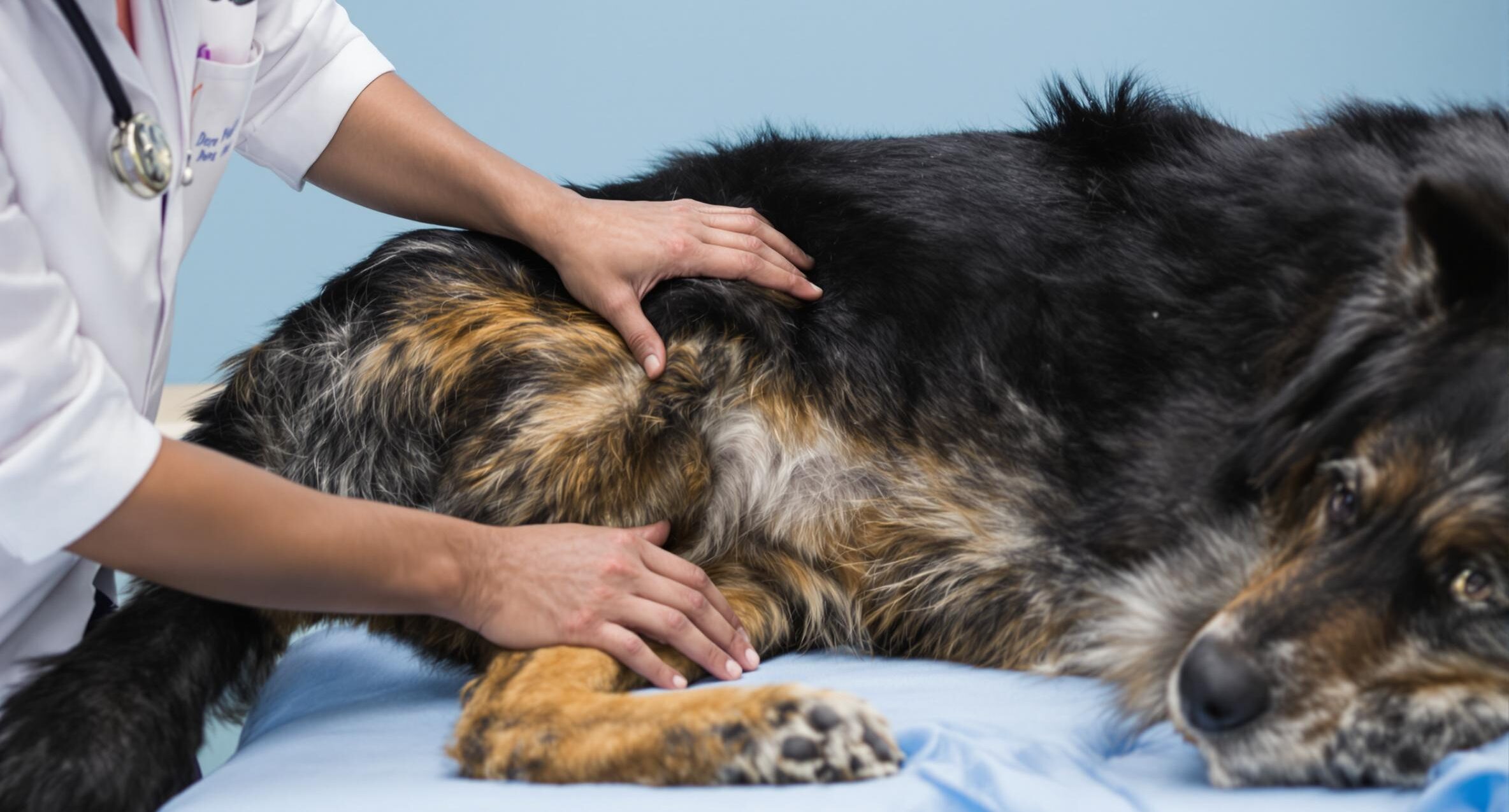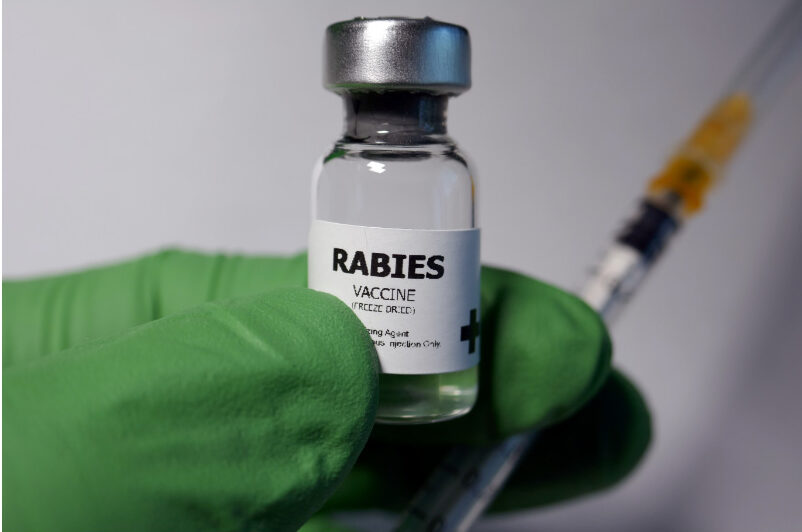Vestibular Disease in Dogs: What Pet Owners Need to Know

Key Takeaways
- Dogs showing signs like head tilting or loss of balance should be seen by a veterinarian right away to identify the cause and start care.
- Improvement is common within 72 hours when the type of vestibular disease is correctly diagnosed and managed.
- Consistent vet visits, proper ear care, and a safe home setup can help prevent recurrence and make recovery easier.
What Is Vestibular Disease in Dogs
When your dog starts stumbling or appears disoriented out of nowhere, it can be a scary experience, especially if they seemed fine just minutes earlier. These unexpected changes might be signs of vestibular disease, a condition that affects balance and coordination. It appears more often in older dogs and can catch even experienced pet owners off guard.
While vestibular disease typically is not life threatening, acting quickly is important. For trusted guidance on symptoms, causes, and care options, visit PetHealthMD, where pet owners can access reliable health information. Better yet, schedule a visit with your veterinarian to rule out any serious underlying issues and ensure your dog gets the necessary care. With timely treatment and home support, most dogs begin to feel better in just a few days.
How Vestibular Disease Affects Your Dog
Your dog relies on a specialized system in the inner ear and brain, the vestibular system, to stay balanced and move steadily. When this system is not working properly, your dog may tilt their head, lose coordination, or even fall over. These changes can be unsettling to watch and often point to a disruption in how the body senses motion and position.
Inside the inner ear are tiny, fluid filled canals that help detect movement. These canals send messages to the brain about where your dog is in space. When that messaging becomes scrambled or interrupted, it can cause dizziness, disorientation, and trouble standing or walking.
Vestibular disease can affect either the inner ear (peripheral vestibular disease) or the brain (central vestibular disease). Peripheral types are more common and generally respond well to treatment. Central types can involve more complex issues and often need advanced testing. Your veterinarian will determine the source and guide you to the right next steps.
Signs of Vestibular Disease in Dogs
Vestibular disease often begins without warning and can look different from one dog to the next. Many pet owners find the sudden change alarming, especially if their dog was perfectly normal just a short while ago. Knowing what to look for can help you take quick action and get your dog the support they need.
Physical Signs
- A head tilt, usually to one side
- Unusual eye movement, such as flicking side to side
- Stumbling, walking in circles, or falling over
- Trouble standing still without leaning or rolling
Behavioral Signs
- Hesitation or refusal to move
- Not eating or drinking
- Bumping into furniture or walls
- Difficulty climbing stairs or jumping onto familiar surfaces
Even if symptoms seem mild, they could signal something more serious. Contact your veterinarian for an exam and guidance.
Common Causes of Vestibular Disease
In some older dogs, vestibular disease can appear without any clear cause. This is called idiopathic vestibular disease, and it often improves with rest and basic care.
However, the condition is sometimes linked to an underlying issue that needs medical attention. Because it is hard to tell the difference on your own, your veterinarian should always examine your dog and decide on the best course of action.
Common Causes Include
- Infections in the middle or inner ear
- Trauma to the head
- Side effects from certain medications
- Underlying conditions such as thyroid imbalance or high blood pressure
Dogs around 12 years old and breeds like French Bulldogs and Bulldogs have significantly higher odds of developing vestibular dysfunction compared to mixed breeds. This may be related to their unique skull structure.
How Veterinarians Diagnose Vestibular Disease
To determine the cause behind your dog’s symptoms, your veterinarian will start with a thorough physical and neurological exam. They will check posture, walking pattern, and eye movements such as nystagmus, which can indicate balance issues. They will also examine your dog’s ears for infection or inflammation.
If more detail is needed, your vet may recommend blood tests to evaluate thyroid and metabolic health, ear swabs to identify infection, or imaging such as CT or MRI scans to rule out brain related causes.
These diagnostic steps help your vet determine whether the condition is temporary or complex and what treatment approach is needed.
Supporting Recovery and Reducing Future Risk
While you cannot prevent every case of vestibular disease, several practical steps can help reduce the chances of recurrence and make daily life easier for your dog.
Vet Care
- Schedule regular checkups, especially for dogs over 10
- Clean your dog’s ears gently and check for discharge or irritation
Nutrition and Movement
- Feed a balanced diet with omega 3 fatty acids to support brain and nerve function
- Keep your dog active with daily movement suited to their age and ability
Home Adjustments
- Lay down rugs or mats to prevent slipping
- Remove tripping hazards and keep walkways clear
- Use gates to block off stairs or other risky areas
You can also support mobility and joint comfort with products from the Joint Supplements collection.
For dogs recovering from dizziness, offering easy to digest nutrition may help. Explore the Dog Food and Nutrition category.
Frequently Asked Questions About Vestibular Disease in Dogs
What is the typical recovery time for vestibular disease
Most dogs begin improving within 72 hours. Full recovery can take 7 to 14 days, though some may show lingering signs like a head tilt for longer.
Can vestibular disease come back
Yes, some dogs, especially older ones, may experience more than one episode. Your veterinarian can help manage underlying conditions to reduce the risk.
Is vestibular disease painful for my dog
Vestibular disease is not typically painful, but dogs may feel dizzy or nauseated. Medication and supportive care usually help ease discomfort.
Should I restrict my dog’s movement during recovery
Limit access to stairs or slippery areas, but light, supported movement such as short walks can help maintain mobility. Ask your veterinarian what is appropriate for your dog.
Is vestibular disease a sign of something more serious
Sometimes. While many cases are idiopathic and resolve quickly, symptoms can also indicate infections, tumors, or neurological issues, so a vet evaluation is essential.
How can I make my home safer during recovery
Use non slip rugs, block off stairs, clear walkways, and keep food and water bowls close and easy to reach.
Support Your Dog’s Recovery Today
Vestibular disease can feel overwhelming, especially when symptoms appear suddenly. With the right care, most dogs recover well and regain their comfort and confidence. Small adjustments at home, regular routines, and your veterinarian’s guidance all help your dog feel more secure during healing.
For vet approved supplies, medication, and wellness products, explore the Dog Health categories on 1800PetMeds.
Ultimately, your veterinarian is your most important partner in planning your dog’s care and supporting long term well being.





